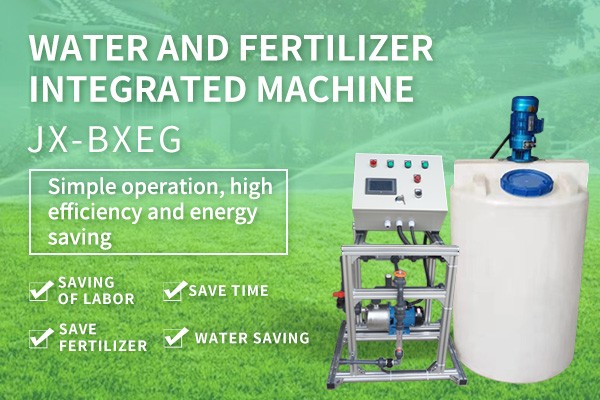Intelligent agricultural automatic irrigation system
With the increasing contradiction between water supply and demand, all countries attach great importance to the development of water-saving agriculture.
With the increasing contradiction between water supply and demand, all countries attach great importance to the development of water-saving agriculture.
With the increasing contradiction between water supply and demand, all countries attach great importance to the development of water-saving agriculture. In addition to the widespread use of advanced water-saving irrigation technologies such as sprinkler irrigation and micro-irrigation, developed countries also apply advanced automatic control technology to implement precise irrigation, based on the actual water demand of crops, and using information technology as a means to improve the accuracy of irrigation and implement reasonable implementation. Improved irrigation system to improve water utilization. Intelligent automatic irrigation control can improve the level of irrigation management and change the randomness of human operation. At the same time, the intelligent agricultural automatic irrigation system can reduce irrigation labor, reduce management costs, and significantly improve benefits. Therefore, popularizing the implementation of automatic irrigation, changing the extensive irrigation methods that currently exist, and increasing the utilization rate of irrigation water are one of the necessary measures to effectively solve the problem of irrigation water saving.

When the irrigation system is working, the humidity sensor collects the dry humidity signal in the soil, the detected humidity signal is converted by the module, and the standard current analog signal is converted into a humidity digital signal, which is input to the programmable controller. The programmable controller presets 50%-60%RH as the standard humidity value. The actual measured humidity signal is compared with 50%-60%RH and can be divided into: within this range, beyond this range, and less than this range three conditions. The programmable controller transmits the control signal to the frequency converter. The frequency converter adjusts the speed of the motor according to the humidity value. The motor drives the water pump to pump water from the water source. When irrigation is needed, the solenoid valve is automatically opened, and the main pipe and branch pipe are used as nozzles. When water is delivered, the sprinklers automatically rotate at their respective rotation angles. The solenoid valve is automatically closed at the end of irrigation. In order to prevent the nozzles far away from the water source from being supplied with sufficient pressure, a pressure gauge is installed on the side of the solenoid valve to ensure that the water pressure of each nozzle meets the set sprinkler irrigation range and avoid the phenomenon that the nozzle range is reduced due to insufficient water pressure. . The whole system works in coordination to realize intelligent control of lawn irrigation.